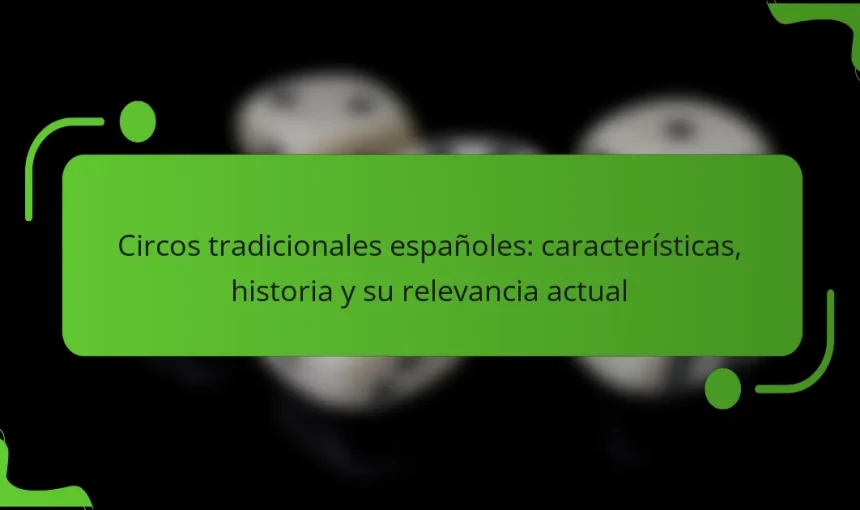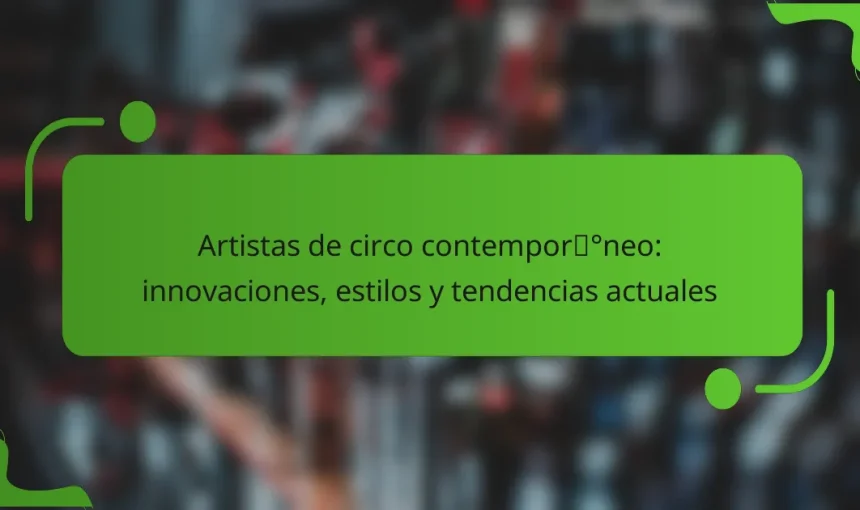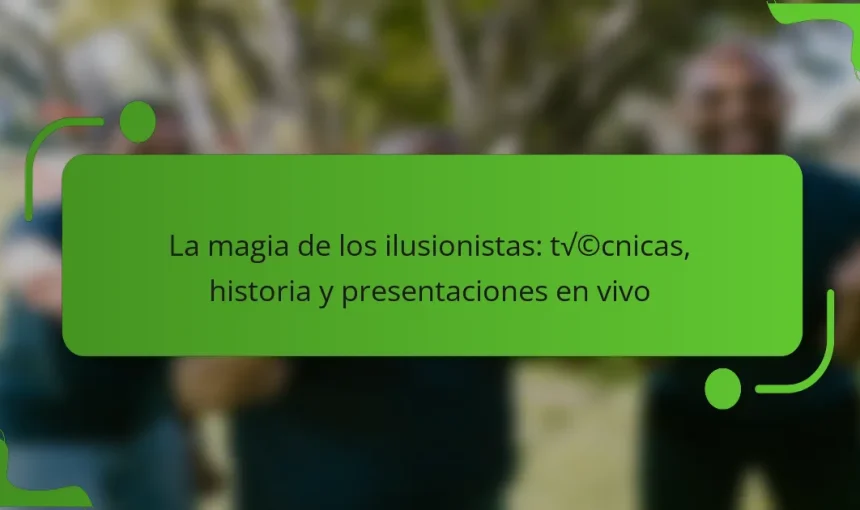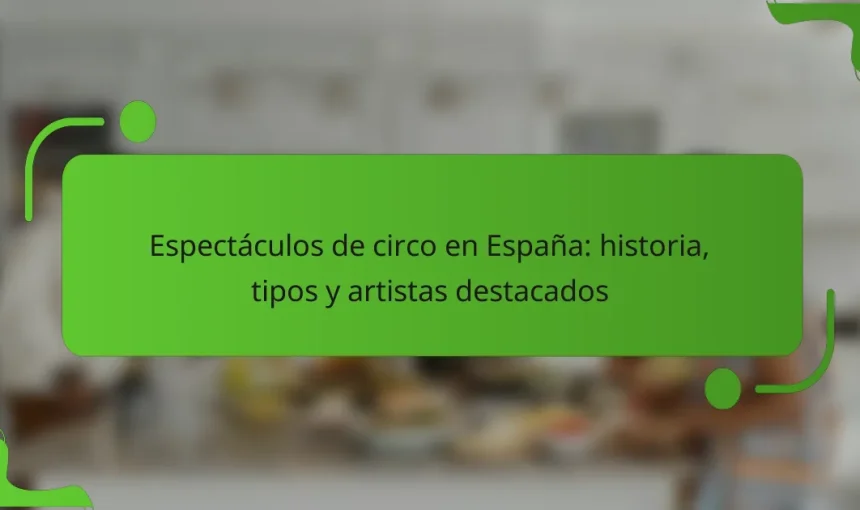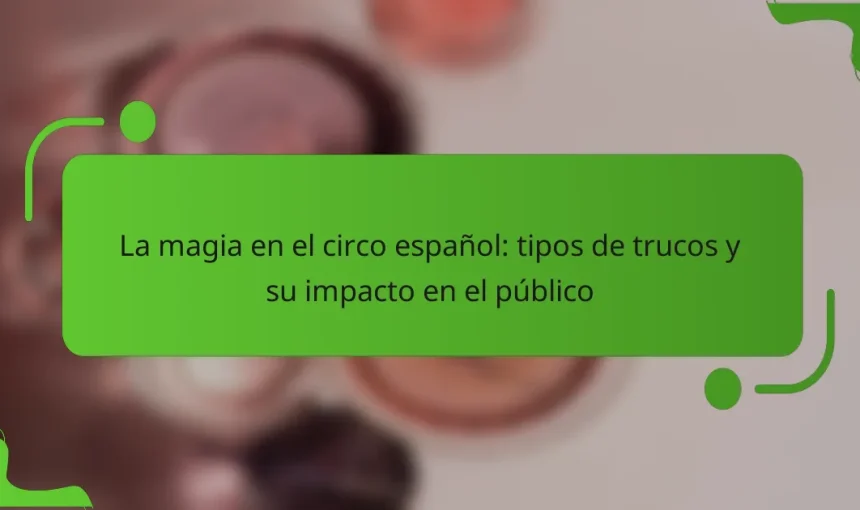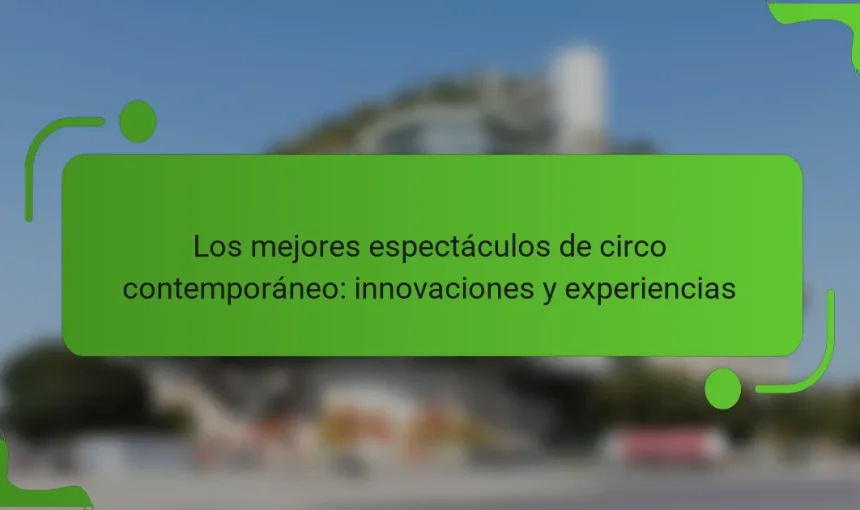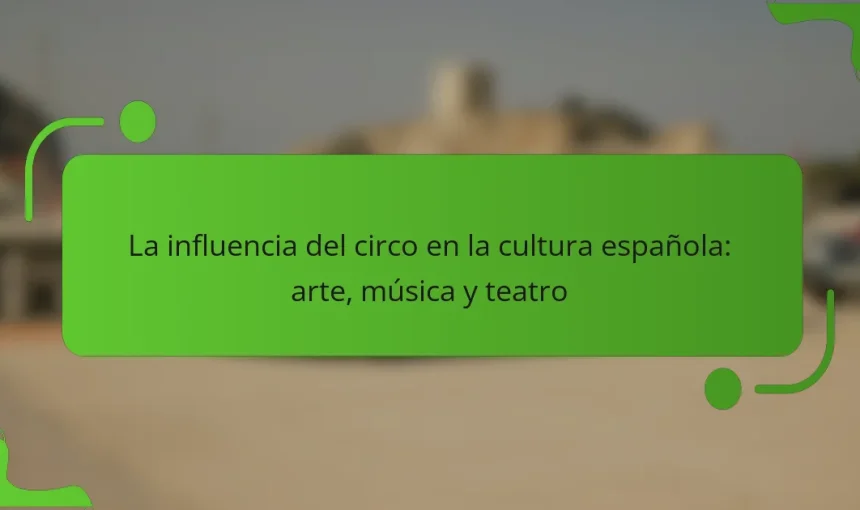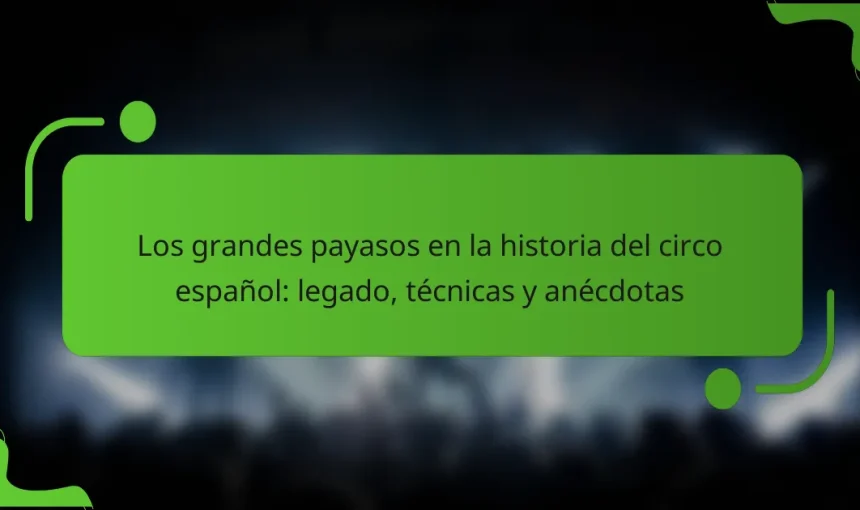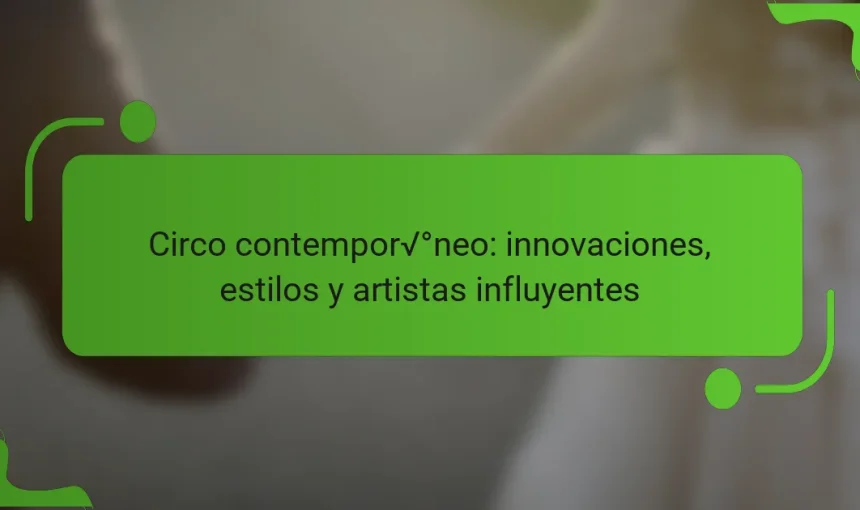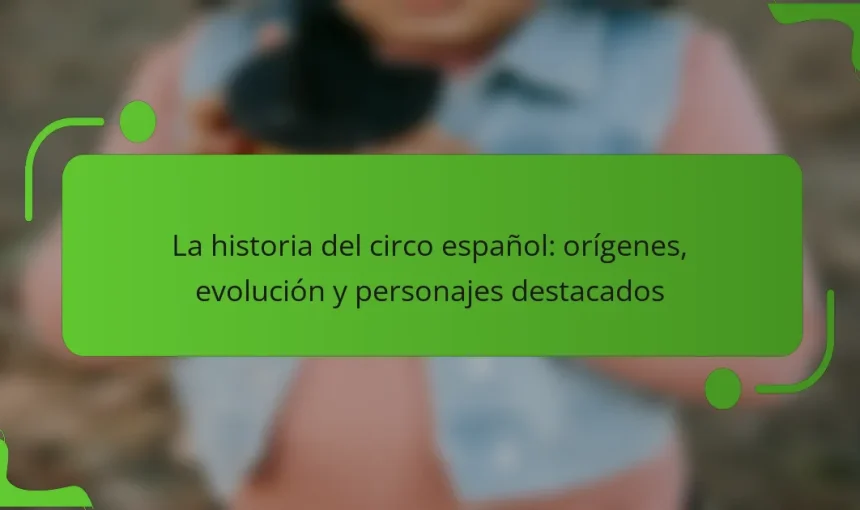¿Qué son los circos tradicionales españoles? Los circos tradicionales españoles son espectáculos itinerantes que combinan acrobacias, malabarismos y actuaciones de animales. Estos circos han sido una parte importante de la cultura española desde el siglo XIX. En su formato clásico, presentan una carpa grande donde se realizan diversas actuaciones. Los artistas, conocidos como “circenses”, suelen […]
¿Qué son los artistas de circo contemporáneo? Los artistas de circo contemporáneo son performers que combinan técnicas tradicionales de circo con elementos de teatro y danza. Este enfoque busca innovar y expandir los límites del circo clásico. Incorporan diversas disciplinas artísticas en sus actuaciones, como acrobacias, malabarismo y actos aéreos. Además, suelen integrar narrativas y […]
¿Qué es la magia de los ilusionistas? La magia de los ilusionistas es una forma de entretenimiento basada en la creación de ilusiones visuales. Utiliza técnicas como la prestidigitación, el escapismo y la manipulación de objetos. Los ilusionistas emplean trucos para engañar la percepción del público. Esto genera asombro y sorpresa en los espectadores. La […]
¿Cuál es la historia de los espectáculos de circo en España? La historia de los espectáculos de circo en España se remonta al siglo XVIII. Durante este período, se comenzaron a establecer las primeras compañías de circo. Estas compañías ofrecían espectáculos de acrobacias, equitación y malabarismo. A finales del siglo XIX, el circo se popularizó […]
The article focuses on the entity of magic within Spanish circus performances, highlighting its role as a captivating form of entertainment that combines illusions and tricks. It explores the historical significance of magic in the circus since the 19th century, detailing various types of tricks such as disappearances, levitations, and transformations. The impact of magic […]
Contemporary circus performances are a unique form of artistic expression that blend acrobatics, dance, and theater, emphasizing narrative and emotional engagement. Moving away from traditional circus acts, contemporary circus focuses on physical skill and artistic creativity, often incorporating multimedia elements and technology to enhance audience experience. Notable companies like Cirque du Soleil have popularized this […]
The article explores the significant influence of the circus on Spanish culture, particularly in the realms of art, music, and theater. It highlights how circus elements, such as acrobatics and comedy, have been integrated into various artistic expressions since the 19th century. The discussion includes the impact of the circus on contemporary Spanish art and […]
The article focuses on prominent clowns in the history of Spanish circus, highlighting iconic figures such as Miliki, Fofó, and Gabi. These clowns not only entertained audiences but also left a lasting impact on Spanish popular culture through their unique blend of music, comedy, and visual performance. Key techniques employed by these clowns include slapstick […]
Contemporary circus is a performing art that merges acrobatics, theater, and dance, focusing on narrative and emotional expression rather than traditional circus elements. Since the late 20th century, it has gained popularity, with influential companies like Cirque du Soleil redefining public perception of the circus. Notable artists such as Philippe Petit and Pina Bausch have […]
The article explores the history of Spanish circus, tracing its origins back to the 18th century when the first circus companies emerged, showcasing acrobatics, juggling, and animal acts. It highlights the evolution of the circus in the 19th century, where it became a popular form of entertainment, introducing iconic figures like clowns and trapeze artists […]
